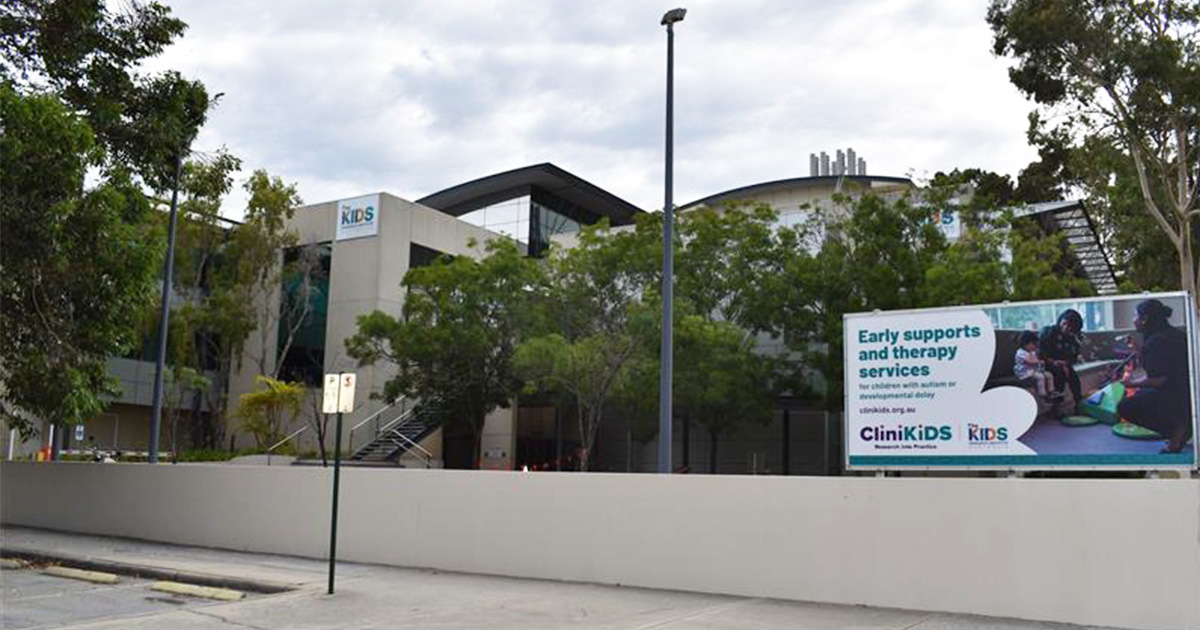Search

The Australian Government defines your digital reputation as the way others view you based on your behaviour in the online environment, including the

What is location tracking? When you take a photo using a device such as a smartphone or a social media app, your location is tracked as part of

The latest publications and resources from the END RHD CRE Team




CliniKids has clinics in Subiaco and in Joondalup
Find out more about Paediatric Occupational Therapy services at CliniKids.

CliniKids runs training in a range of areas for clinicians and autism professionals in addition to workshops for parents, caregivers and families.
CliniKids is putting the ‘evidence’ in evidence-based practice by providing families access to the best scientific-backed therapies as quickly as possible so that all autistic children have the chance to reach their full potential.
